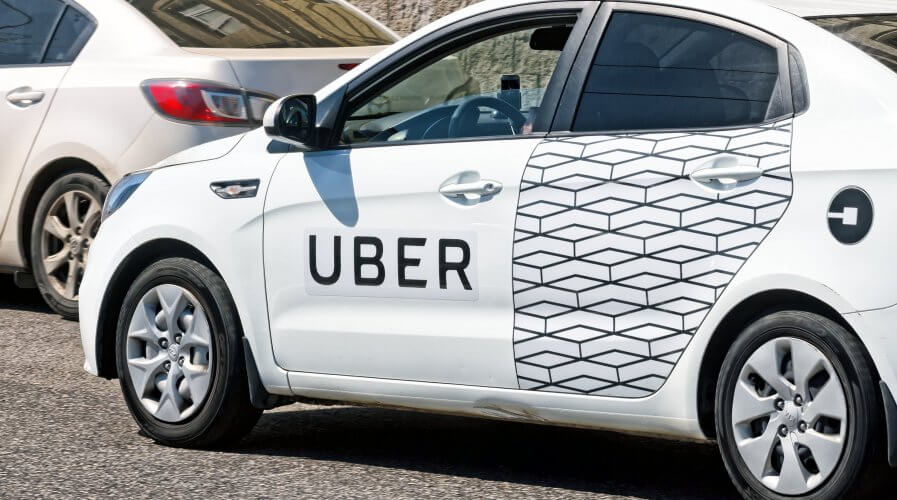
AI and ML are making life easier for Uber’s marketing team. Source: Shutterstock
How does Uber use AI and ML for marketing?
MARKETING is a field that can do as much with creativity as it can with automation.
Companies looking to transform this business function have amazing opportunities ahead of them, especially with artificial intelligence (ML) and machine learning (ML) picking up.
At Uber, for example, these emerging technologies are transforming how the company engages and interacts with customers.
In an exclusive interview with Tech Wire Asia, Mario A. Vinasco, Manager – Data Science & Marketing Analytics, Uber Technologies explained what the company does with AI and ML and how it gains outsized rewards.
ML at its core is a very powerful classification tool, it gets trained or calibrated using past data and when new data arrives it provides strong guidance about the category it may belong to. AI uses the power of neural networks to create stronger classification algorithms.
“Before ML/AI, marketers and analysts spent time slicing data to find segments that would support a hypothesis; we can now in marketing use ML for advanced segmentation (e.g. customer classification),” said Vinasco.
The technologies can also help set up experiments that split up the target population based on ‘predicted’ scores that implicitly represent dozens or perhaps hundreds of variables. In fact, AI and ML can also be used for post analysis of these experiments to avoid biases in the analysis.
“More recently, we have started to use ML to measure acquisition channel effectiveness and feed our prediction models to optimize marketing spend and allocate our investments more effectively,” explained Vinasco.
He gave the example of the CRM marketing analytics team, where Uber uses AI/ML extensively with the goals of improving customer communication for education about the Uber platform, promotions, incentives, onboarding, and churn, among others.
With regards to churn, for example, here’s how Uber’s specific solution works:
“We have created ML models for customer churn, in which we identify cohorts that are likely to abandon us and pro-actively communicate with them.
“For example, these models can identify the top 20 percent of our drivers in terms of likelihood to abandon Uber; this group indeed will contain about 50 percent or more of the true churners; this represents an improvement of several orders of magnitude higher than random targeting.
“It makes it much easier and cheaper to reach them without interfering with the drivers that very active and happy.”
Uber has also created models that predict how customers will interact with their communications. The company uses these models in combination with un-subscribe models to tailor communication frequency depending on the customer’s propensity to open or to unsubscribe.
“The use of ML/AI in marketing is extensive and a very active area of development,” added Vinasco. He’ll be speaking more on the topic in Singapore next week, at the ConnectTechAsia Summit.
READ MORE
- Ethical AI: The renewed importance of safeguarding data and customer privacy in Generative AI applications
- How Japan balances AI-driven opportunities with cybersecurity needs
- Deploying SASE: Benchmarking your approach
- Insurance everywhere all at once: the digital transformation of the APAC insurance industry
- Google parent Alphabet eyes HubSpot: A potential acquisition shaping the future of CRM




